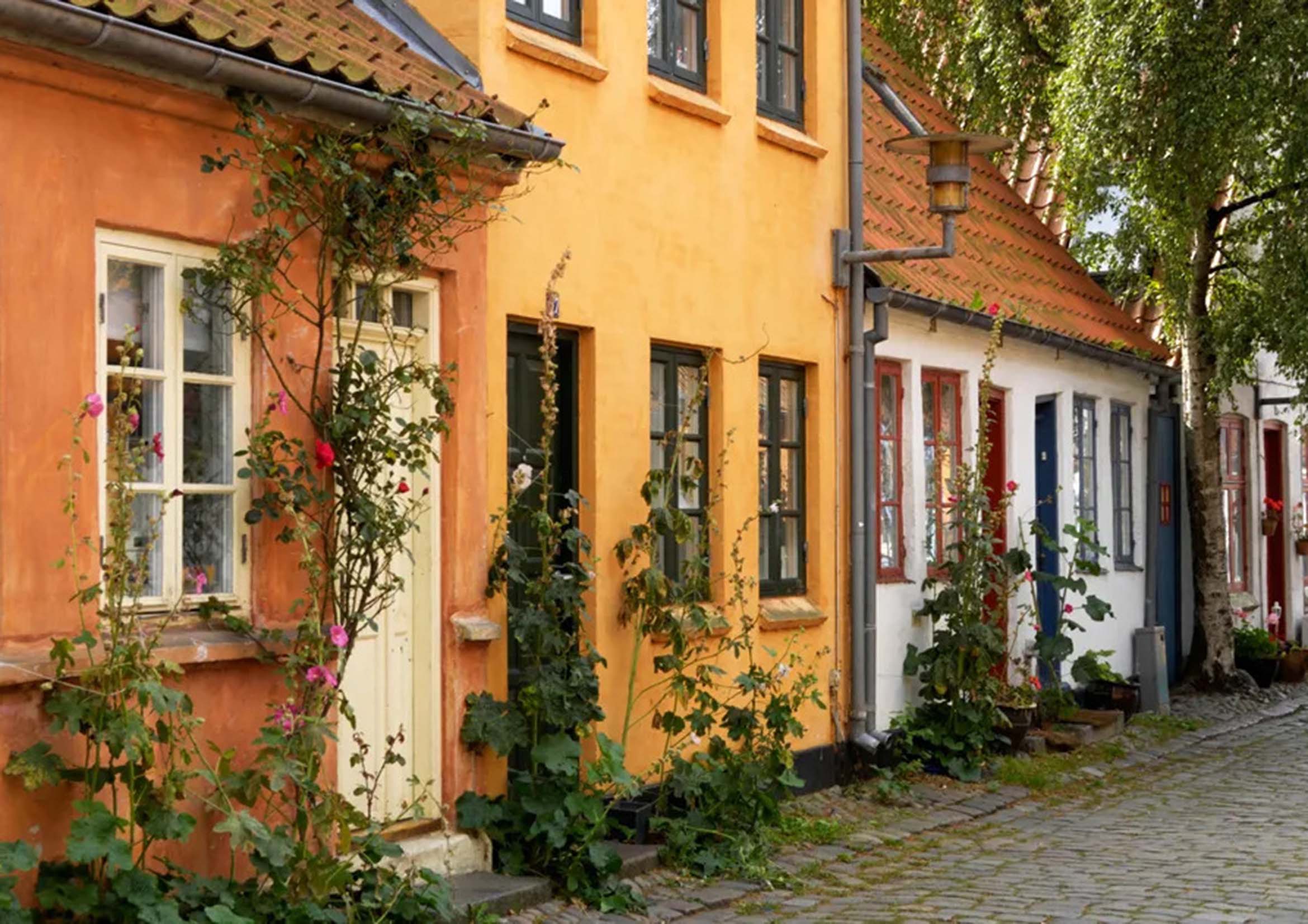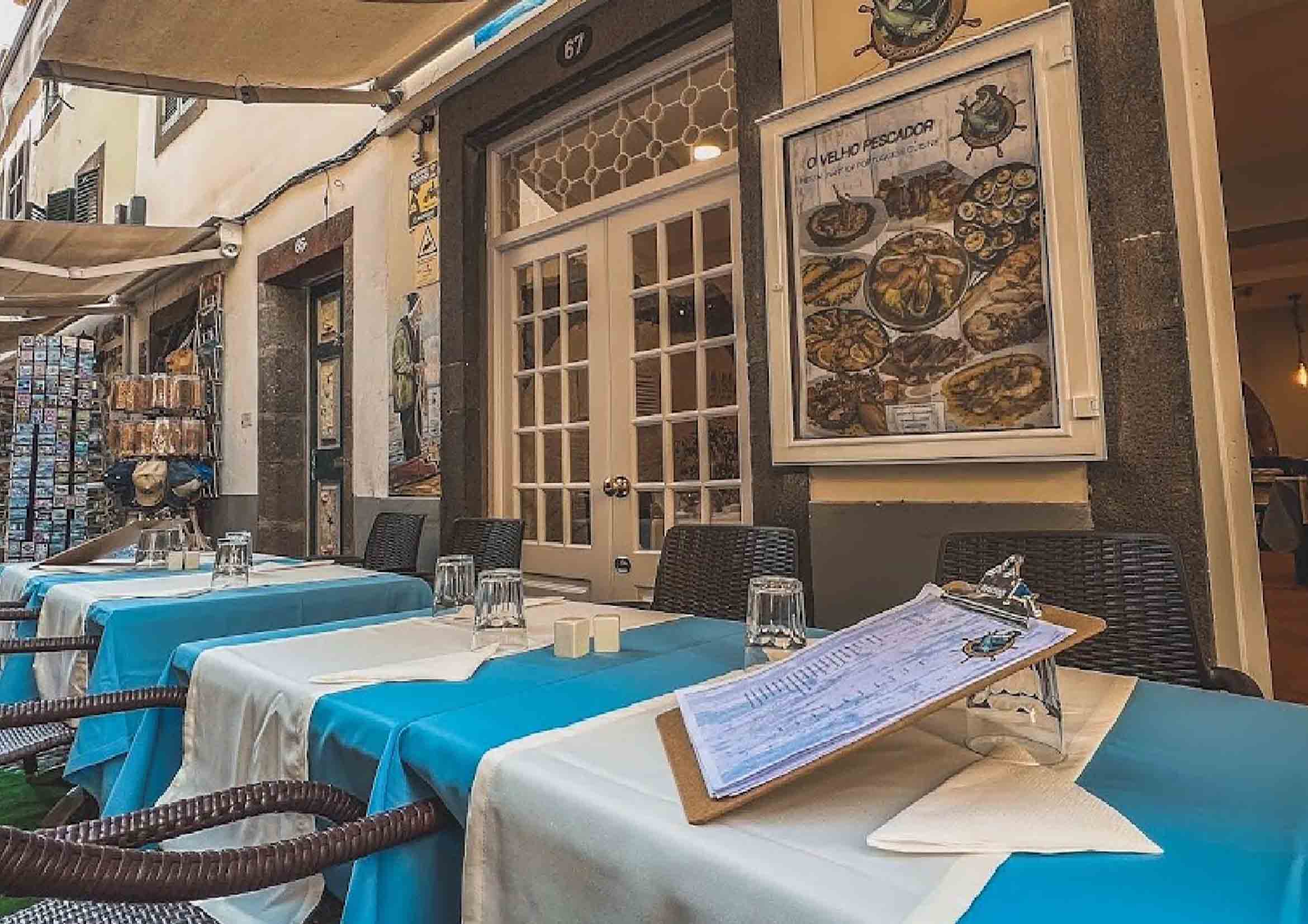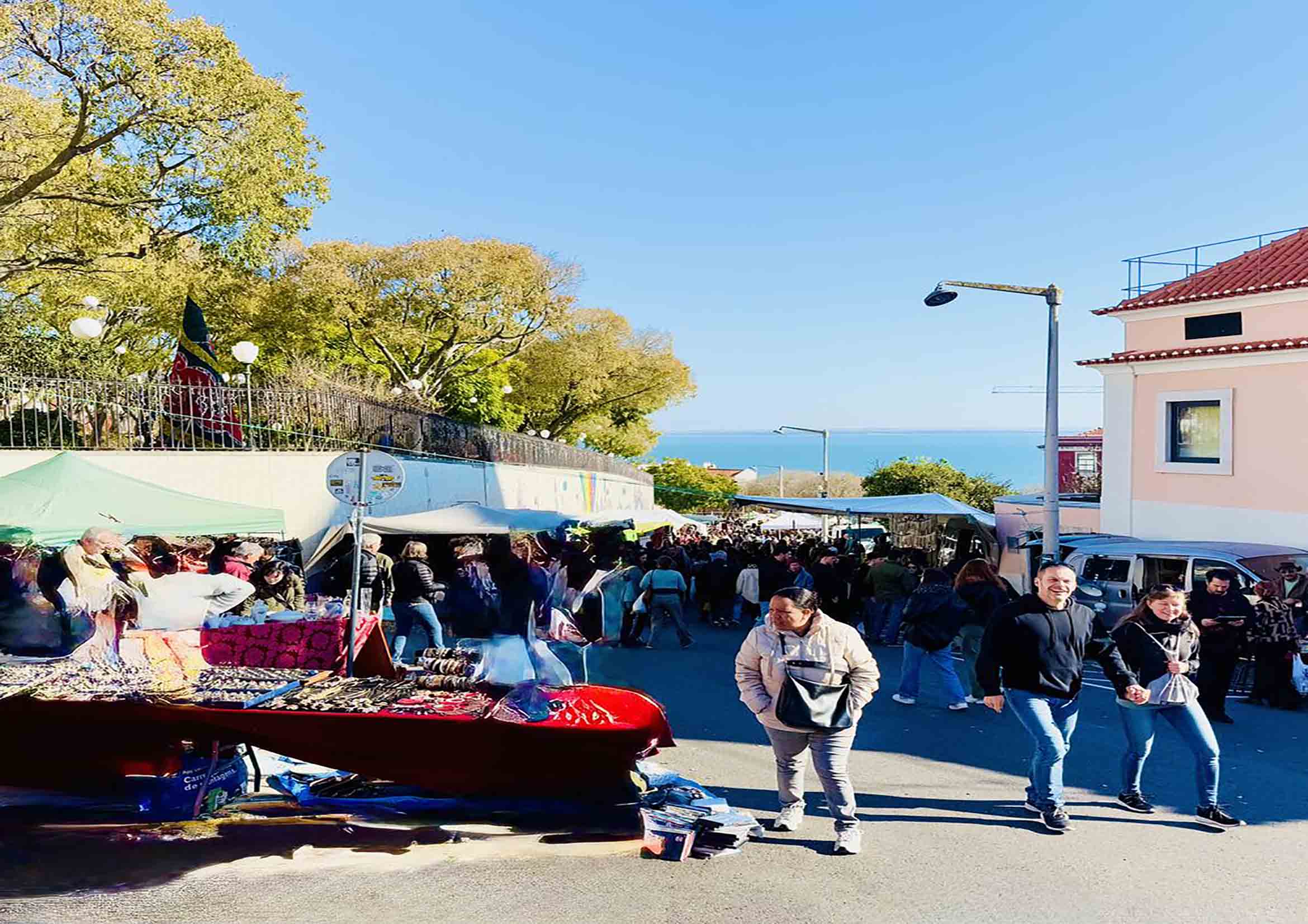Aarhus, Denmark’s second-largest city, is a vibrant hub of culture, history, and modernity nestled on the eastern coast of the Jutland peninsula. Known for its rich cultural scene, beautiful landscapes, and welcoming atmosphere, Aarhus offers a unique blend of urban and natural experiences. Whether you’re a first-time visitor or a returning traveler, there are several key aspects to consider to make the most of your trip to this charming city. This guide provides essential tips and insights to help you navigate and enjoy all that Aarhus has to offer.
1. Understanding Aarhus
Geography and Climate
Aarhus is situated on the east coast of the Jutland peninsula, with a picturesque harbor and a mix of modern architecture and historic buildings. The climate in Aarhus is temperate maritime, characterized by mild winters and relatively cool summers. Average temperatures range from around -1°C (30°F) in winter to 18°C (64°F) in summer. Rain is fairly common throughout the year, so packing a waterproof jacket is advisable.
Language
The official language in Aarhus is Danish. However, English is widely spoken, especially in tourist areas, restaurants, and hotels. Many Danes are fluent in English, so you should have no trouble communicating.
Currency
The currency used in Denmark is the Danish Krone (DKK). While credit and debit cards are widely accepted, it’s always handy to have some cash for small purchases or places that do not accept cards.
2. Getting Around Aarhus
Public Transportation
Aarhus has an efficient public transportation system, including buses, trains, and light rail. The Aarhus Light Rail, known as the “Aarhus Letbane,” connects the city center with the suburbs and nearby areas. Buses cover extensive routes throughout the city and surrounding regions. Tickets can be purchased via a mobile app, at ticket machines, or onboard.
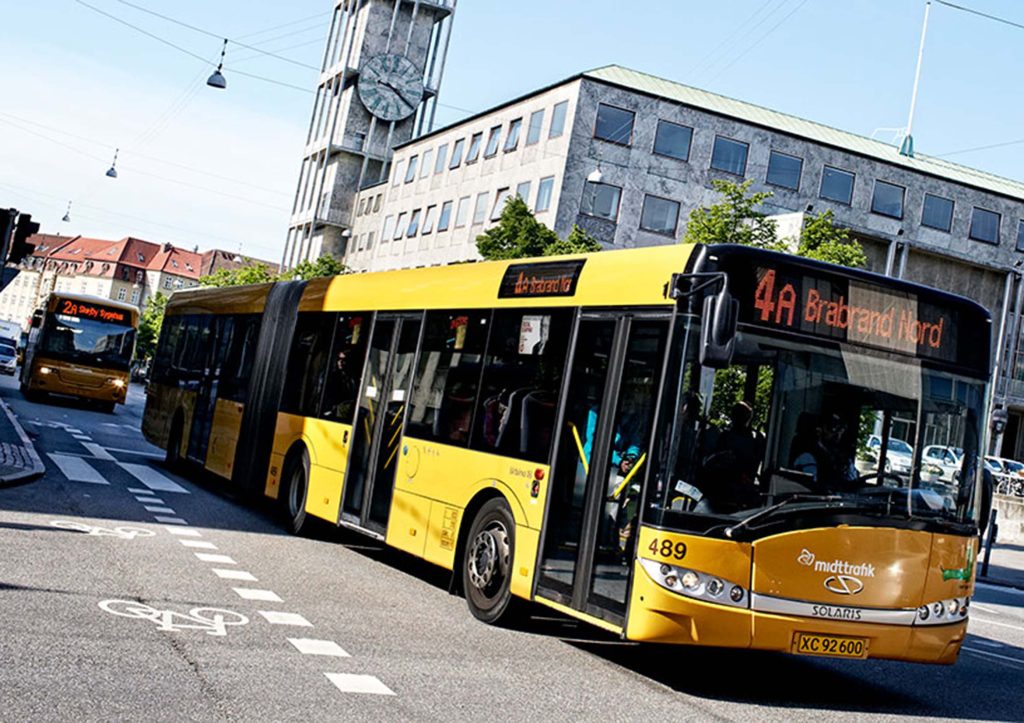
Cycling
Cycling is a popular mode of transportation in Aarhus. The city is bike-friendly with numerous dedicated lanes and paths. You can rent bikes from various providers, and some hotels also offer bike rentals.
Walking
Aarhus is a compact city, and many of its attractions are within walking distance of each other. Exploring on foot allows you to experience the city’s charming streets and vibrant neighborhoods at your own pace.
3. Top Attractions and Activities
Aarhus Art Museum (ARoS)
ARoS is one of Denmark’s largest and most renowned art museums. Its iconic rooftop installation, “Your Rainbow Panorama” by Olafur Eliasson, offers stunning panoramic views of the city. The museum features an extensive collection of Danish and international art, with exhibits ranging from classical to contemporary.
Den Gamle By
Den Gamle By is an open-air museum that provides a fascinating glimpse into Denmark’s past. It features historic buildings and exhibits from various periods, including a 19th-century Danish town. The museum’s interactive displays and costumed staff create an immersive experience.
Tivoli Friheden
This amusement park is a great destination for families and thrill-seekers. Tivoli Friheden offers a variety of rides, games, and entertainment options. Its picturesque setting and seasonal events make it a fun spot to visit.
Moesgaard Museum
Located a short drive from the city center, Moesgaard Museum is known for its impressive archaeological and ethnographic collections. Highlights include the Grauballe Man, a well-preserved Iron Age bog body, and interactive exhibits that provide insights into ancient cultures.
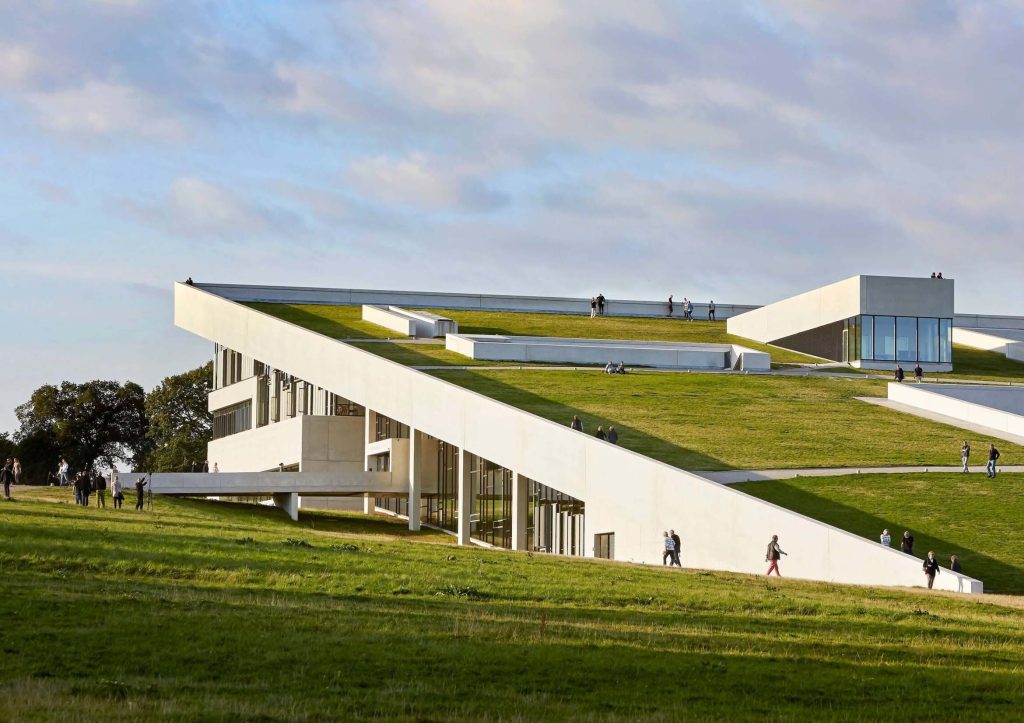
Aarhus Botanical Gardens
The Aarhus Botanical Gardens are a peaceful retreat within the city. The gardens feature a diverse range of plant species, including tropical and temperate plants. The serene atmosphere and beautiful landscapes make it an ideal spot for relaxation and nature walks.
Aarhus Cathedral
Dating back to the 12th century, Aarhus Cathedral is a stunning example of Gothic architecture. Its impressive interior, with intricate frescoes and historic artifacts, provides insight into the city’s medieval history.
4. Dining and Shopping
Local Cuisine
Aarhus offers a diverse culinary scene, from traditional Danish fare to innovative international cuisine. Don’t miss trying some local specialties, such as smørrebrød (open-faced sandwiches), Danish pastries, and fresh seafood. For a fine dining experience, consider restaurants like Restaurant Gastrome, which offers modern Danish dishes with a focus on local ingredients.
Markets and Food Halls
The Latin Quarter is home to a number of charming boutiques and specialty shops. Additionally, the Aarhus Street Food market offers a variety of food stalls and trucks, serving everything from Danish hot dogs to international street food.
Shopping
Aarhus has a mix of high-end shops, independent boutiques, and shopping centers. The city center’s pedestrian streets are lined with shops, while larger malls like Bruuns Galleri provide a range of retail options.

5. Accommodation
Hotels
Aarhus has a wide range of accommodation options to suit various budgets. Luxury hotels such as the Radisson Blu and the Hotel Royal offer comfortable stays with excellent amenities. Mid-range options like Hotel Oasia provide a good balance of comfort and value. For a more budget-friendly stay, consider hostels or guesthouses.
Alternative Lodging
If you prefer a more unique experience, you might explore vacation rentals or boutique bed-and-breakfasts. Airbnb and similar platforms offer a variety of choices that allow you to experience Aarhus like a local.
6. Cultural Etiquette and Customs
Respect for Privacy
Danes value personal space and privacy. It’s important to be polite and considerate in public spaces. Danish culture is relatively informal, so addressing people by their first names is generally acceptable.
Punctuality
Being punctual is highly regarded in Denmark. Whether you have a meeting or a social engagement, arriving on time is a sign of respect.
Tipping
Tipping is not obligatory in Denmark, as service charges are usually included in the bill. However, rounding up the bill or leaving a small tip for exceptional service is appreciated.
7. Safety and Health
Safety
Aarhus is a safe city with a low crime rate. However, as with any city, it’s wise to stay aware of your surroundings and take standard precautions to protect your belongings.
Healthcare
Denmark has a high standard of healthcare. If you have any medical concerns during your visit, you can access healthcare services at local hospitals or clinics. It’s advisable to have travel insurance that covers medical expenses.
Emergency Services
In case of emergency, you can dial 112 for immediate assistance from police, fire, or medical services.
8. Local Customs and Festivals
Festivals and Events
Aarhus hosts a variety of festivals throughout the year. The Aarhus Festival, held in August, is a major cultural event featuring music, theater, and art. The city also celebrates events like the Aarhus Pride and the Christmas Market, which offer unique cultural experiences.
Seasonal Activities
During the summer, Aarhus enjoys long daylight hours and outdoor activities. In winter, the city transforms with festive lights and holiday markets. Each season offers different attractions, so plan your visit according to your interests.
9. Travel Tips
Connectivity
Free Wi-Fi is available in many public areas, cafes, and restaurants. SIM cards and portable Wi-Fi devices can be rented if you need constant internet access.
Local Etiquette
Be mindful of Danish customs, such as queuing orderly and adhering to traffic rules. Danish people are generally friendly and willing to help, so don’t hesitate to ask for assistance if needed.
Planning and Booking
It’s advisable to book accommodation and major attractions in advance, especially during peak tourist seasons. Check for any special events or public holidays that might affect availability or opening hours.
Aarhus is a city that seamlessly blends tradition and modernity, offering a rich array of experiences for visitors. From exploring historical landmarks and enjoying cultural festivals to savoring local cuisine and relaxing in beautiful parks, there is something for everyone in this dynamic city.
